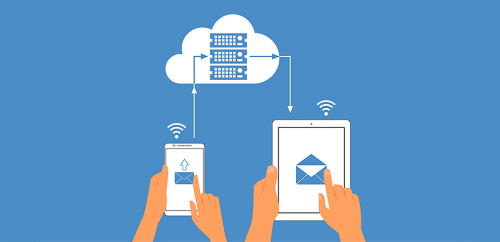In his recent LinkedIn column, “State of the Cable Industry: How We’re Changing the Stereotype of the Cable Guy,” NCTA President & CEO Michael Powell said that turning around the industry’s customer service reputation is a huge priority and one that companies are committed to, and investing in. We’ve all seen the stories and surveys which underline the challenges – certainly not something we enjoy reading – but it’s also important to highlight the improvements that are being made and the new techniques are being implemented. After all, the number of hours that American consumers watch TV and use the Internet is only increasing. When services have glitches, customers are looking for quick, helpful solutions.
Many cable companies, for example, are leveraging smartphones and tablets to not only provide better products that can be used far from the home, but to prevent technology problems before they even begin.
If you are a Time Warner Cable customer, you can now check on the status of the equipment in your home with a few swipes on a smartphone or tablet. Time Warner Cable in 2014 re-launched its mobile app for iOS and Android to, among other things, let customers troubleshoot their cable and Internet equipment.
“If your modem is off-kilter or your set-top box is acting up, the app lets you go in and look at diagnostics on your phone in real-time,” says Eric Burton, a Group VP at Time Warner Cable. From there, “You can determine whether it’s something you can fix yourself by initiating a re-set, which you can do with the mobile app, or if you need to talk to us.”
“Cable companies are leveraging smartphones & tablets to prevent technology problems before they even begin.”
Time Warner Cable isn’t the only company using smartphones to make customer service better. When Suddenlink technicians are on a job in a customer’s home, their iPhones are tied into the company’s workforce automation system, which automatically checks the health of that customer’s equipment. The system helps Suddenlink techs know everything inside and outside of the house is working properly before they leave a customer’s home.
And take a look at Sjoberg’s, a small Minnesotan cable system, who’s field technicians use their iPhones to check an app that helps them to locate issues in the field. After it’s been determined that there’s a problem, the app can establish, for example, that the issue is about 700 feet from a modem or some 1600 feet from a cable modem termination system, a piece of equipment usually located in a cable system’s headend.
“The phone app is like radar,” says Richard Sjoberg, the ISP’s CEO. “Instead of being in an area that’s one-mile square, you have it nailed down to a much smaller area, so you know where to start looking. That cuts down outage time and makes our crews more productive.” And with more and more customers relying on their home Internet for business, quicker resolution of system issues is paramount.
Using smartphones to improve the customer experience is just one way in which cable companies are working to fix this problem, but there are more.
Come back to platform, where every other Tuesday we’ll be publishing another story on how cable is working to fix the customer experience so you can get back to working, watching, chatting, and everything else you love doing with cable.
